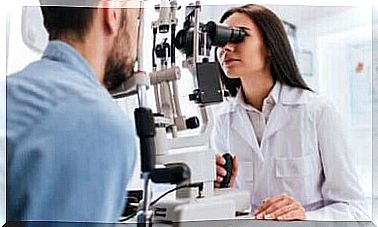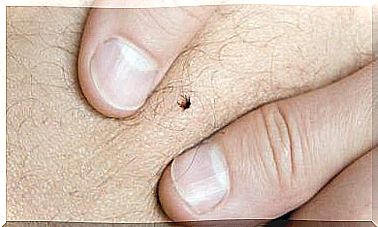What Is T-DM1 And What Is It For?

T-DM1 is a new, unique and selectively conjugated antibody and medicine approved by the European Medicines Agency (EMA) for the treatment of advanced HER2-positive breast cancer. HER2 is the protein “epidermal growth factor receptor 2” that favors the growth of cancer cells. You can find it on the market like Kadcyla.
T-DM1 consists of two compounds. The first is the known drug trastuzumab, which is an anti-HER2 antibody. The second component is a cytotoxic antimicrotubule molecule: DM1. Cytotoxic antimicrotubule refers to its ability to block the synthesis of microtubules in cell division, which is a mechanism we will discuss in more detail below.
The effectiveness of T-DM1

18-20% of metastatic breast cancers are HER2-positive. In other words, they have an overexpression of the HER2 oncogene. Prior to the development of specific anti-HER2 treatments, the prognosis for patients with HER2-positive tumors was significantly worse than the rest.
An oncogene is a gene that, due to its ability to induce mutation or transformation, leads to the formation of cancer in a cell.
Also read: 9 symptoms of breast cancer all women need to know
However, the development of trastuzumab, approved in the year 2000, counteracts the poor prognosis for HER2-positive breast cancer compared to HER2-negative. In 2014, another anti-HER2 drug was marketed: Pertuzumab.
The latter drug further extends overall survival in first-line treatment of advanced HER2-positive breast cancer.
Second-line treatment for advanced HER2-positive breast cancer was the only one approved so far, which is a combination of chemotherapy with capecitabine plus lapatinib, a tyrosine kinase inhibitor of HER2 / EGFR.
A registry study called EMILIA compared treatment with T-DM1 versus treatment with lapatinib plus capecitabine in patients with this type of breast cancer who had previously been treated with trastuzumab and a taxane.
The results of this study showed an increase in progression-free survival, an increase in overall survival and a profile with better tolerated side effects and a significant delay in symptoms until progression to treatment with T-DM1.
How T-DM1 exerts its effect on the body
As mentioned above, T-DM1 is the combination of two drugs: Trastuzumab and DM1. T-DM1 combines the mechanisms of action of these two drugs:
- Like trastuzumab, T-DM1 is able to bind HER2 and block the growth of tumor cells that overexpress this growth factor.
- In addition, it presents the mechanism of action of DM1, which is why it is able to bind to tubulin.
As it inhibits tubulin, it does not allow cancer cells to divide, ultimately causing cell death by apoptosis. The results of in vitro cytotoxicity assays show that DM1 is between 20 and 200 times more potent than vinca-taxanes and alkaloids.
The side effects of T-DM1

Side effects are the unwanted and unintended events that a patient can expect when starting treatment with a drug.
In this regard, the most reported side effects are nausea, fatigue and headache. ≥25% of patients suffered from them. So experts assessed the safety of T-DM1 in a total of 1871 patients with breast cancer in various clinical trials. They found that the most common severe reactions were:
- Bleeding.
- Dyspnoea.
- Pain in bones and muscles.
- Abdominal pains.
- Thrombocytopenia.
- And vomiting as the last.
Also read: The different types of breast cancer, symptoms and treatment
Conclusion
Data reported from studies show that T-DM1 is a very important advancement in the treatment of advanced HER2-positive breast cancer. It provides an improvement in survival in patients who have previously taken trastuzumab.
Despite these advances, however, HER2-positive cancer is still incurable. Therefore, it is necessary to find new, better tolerated and more effective treatments. Therefore, it is important to continue actively researching breast cancer.









